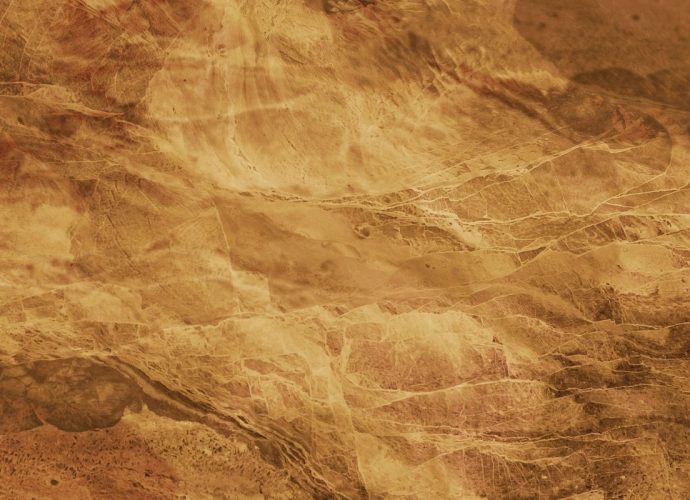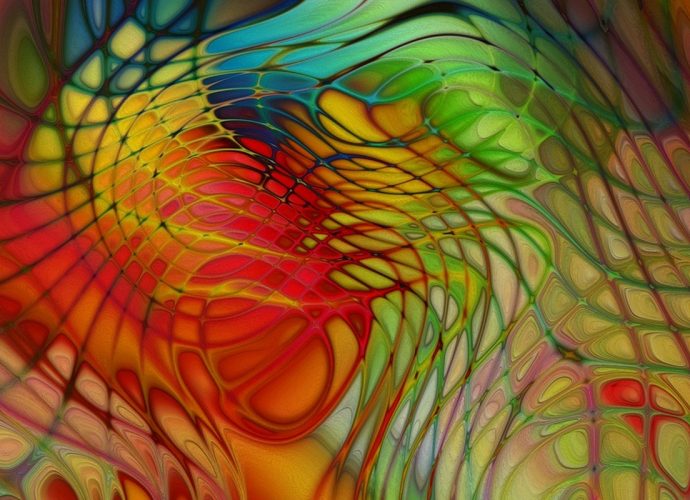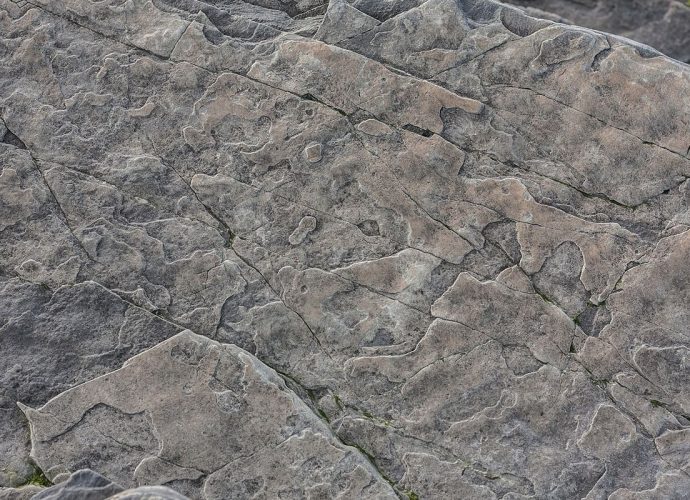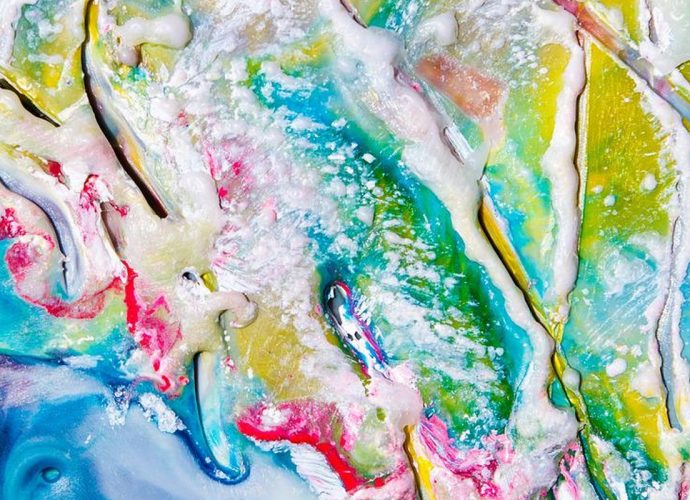Are Icebergs Freshwater?
Icebergs float in the ocean, but are made of frozen freshwater, not saltwater. Most icebergs in the Northern Hemisphere break off from glaciers in Greenland. Sometimes they drift south with currents into the North Atlantic Ocean. Icebergs also calve from glaciers in Alaska. Are glaciers considered freshwater? Glacierized areas coverRead More →









